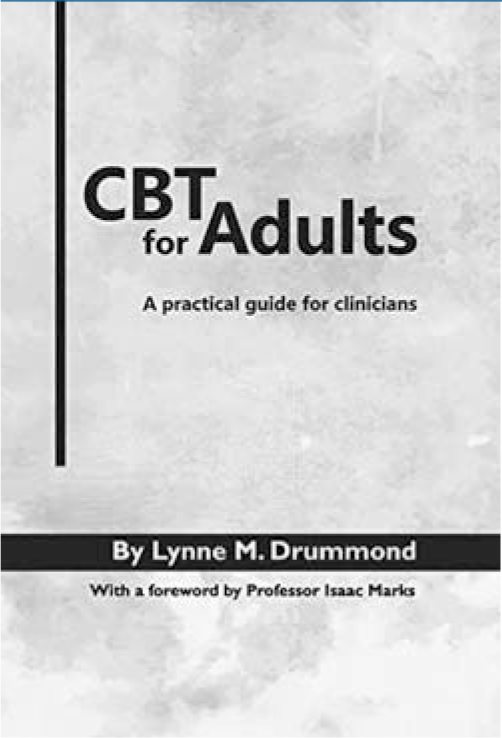
The author sets out an extremely broad remit for this book: ‘a comprehensive guide to the use of cognitive–behavioural therapy (CBT) throughout adult psychiatry’. There is an implicit emphasis on the more severe, secondary care presentation of mental health problems, although she does also include a brief summary of Improving Access to Psychological Therapies (IAPT). The emphasis on situations frequently encountered in secondary care, such as psychosis, personality disorder and prescribing issues (when a patient is also receiving CBT), makes this book a particularly useful resource for psychiatrists in training and indeed other medics, such as general practice trainees, who have a particular interest in mental health. A particular strength of the book is the excellent case examples which it contains. Atypically for a textbook, the examples do not just show how things can go ‘swimmingly well’ if we put into practice the techniques, but rather are complicated and typical of the complex scenarios which we actually encounter in psychiatry.
The author's own extensive experience in the field of CBT shows itself in the choice of conditions and therapies covered. Examples include social skills training (such as for patients with schizophrenia) and motivational interviewing approaches for addictions. I have only two reservations about this book. First, to help memorise the CBT models for the specific conditions it would have been helpful to have included these models in their original basic diagrammatic formats (e.g. the Clark model of panic). Second, there is an emphasis on ‘assessment’ and treatment approaches but the book could have outlined more succinctly and more frequently how clinicians should try to formulate a patient using a CBT model. The chapters which relate to obsessive–compulsive disorder, body dysmorphic disorder and hoarding are particularly rich and informative, which no doubt reflects the author's own experience in this area, especially welcome as hoarding in particular is a clinical area which is often neglected in CBT literature.
Overall, this is a good, comprehensive textbook, particularly for trainee psychiatrists, although they will obviously need to add to it the indispensable experience of face-to-face contact in CBT and practice how to construct CBT formulations from a variety of clinical scenarios.





eLetters
No eLetters have been published for this article.